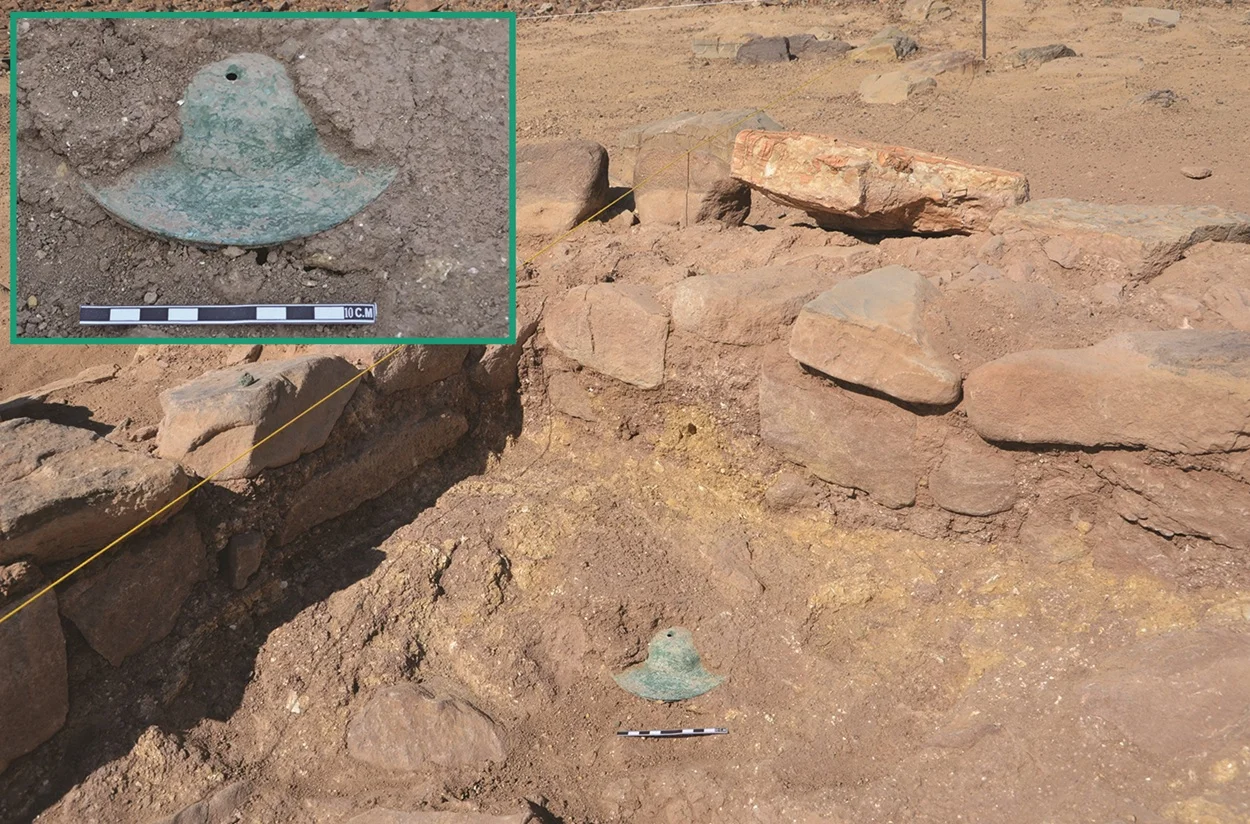Archaeologists have examined a pair of copper cymbals from Bronze Age Oman, shedding light on a shared musical tradition that connected cultures and supported trade across the Arabian Gulf.
Whether part of religious rituals, cultural celebrations, or simple entertainment, music has long served as a universal means of uniting people across all elements of society. However, musical instruments are typically crafted from perishable materials such as wood and metals, which rarely survive over time.
“These copper alloy cymbals are the first of their kind to have been found in good archaeological contexts in Oman and are from a particularly early context that questions some of the assumptions on their origin and development”, says lead author of the research, Professor Khaled Douglas from Sultan Qaboos University, Oman.
While the cymbals resemble a style made by cultures from the Indus Valley, an isotope analysis has revealed that the copper came fromdfrtdx Oman, indicating that the cymbals are a local production with influences based on cultural exchanges between the Umm an-Nar culture and the Indus Valley civilisation.
Until now, most interpretations have centred on trade, leaving the deeper social and cultural meanings of these exchanges largely overlooked.
“The Early Bronze Age Umm an-Nar period has already provided rich evidence of interregional contact,” says co-author Professor Nasser Al-Jahwari, “but the precise nature of these connections remains an open question.”
The discovery of the cymbals suggests these links extended beyond commerce. Cultural exchanges, including musical traditions, likely flowed alongside traded goods, reinforcing social bonds between the Arabian Peninsula and the Indus Valley.
“The discovery of the Dahwa cymbals supports the idea that as early as the late third millennium BC, music, chanting, and communal dancing were already central to fostering contact between different communities in this region — setting a tone that would resonate for millennia to come,” said the study authors.
Header Image Credit : Antiquity
Sources : Antiquity – https://doi.org/10.15184/aqy.2025.23







